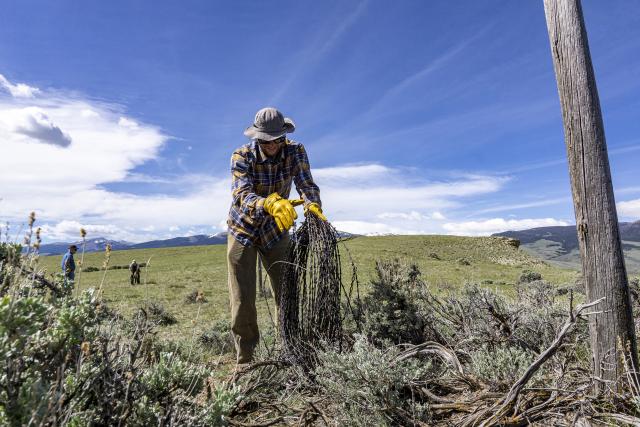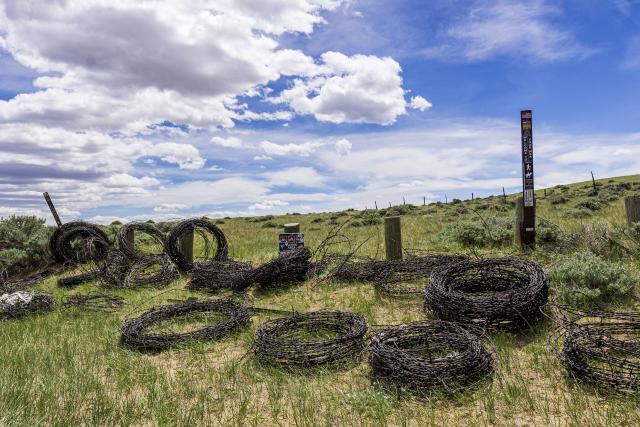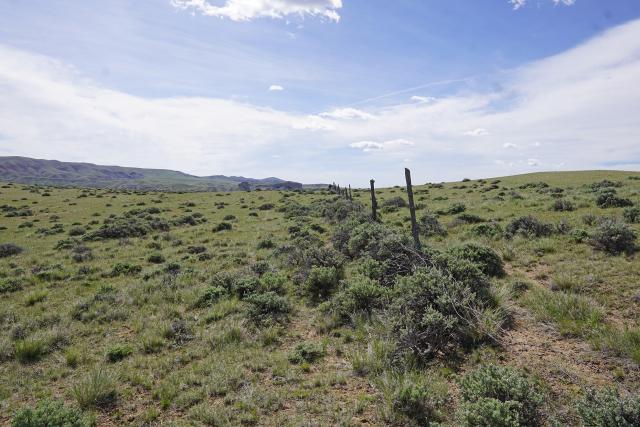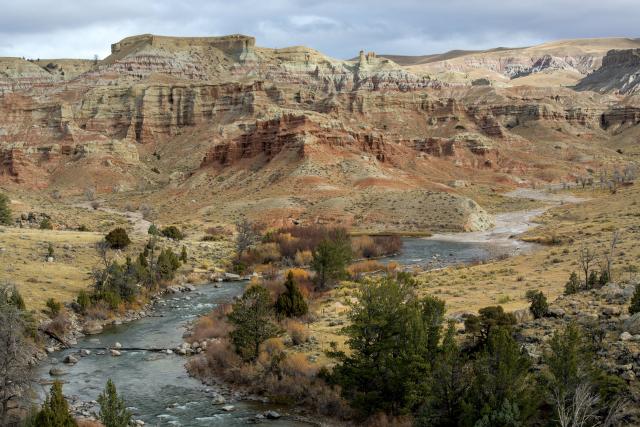Related Stories
- Smokey Bear joins Mr. & Mrs. Claus to continue LTVA annual toy giveaway
- Using science to uncover mysteries of the Mesa archaeological site in Alaska
- Stewardship and smiles at Samoa Dunes: BLM California hosts National Public Lands Day event
- Lake Havasu Fisheries Improvement Program is the gift that keeps giving
- BLM is thankful for public lands volunteers
Office
1335 Main Street
Lander, WY 82520
United States
Phone:
Email:




